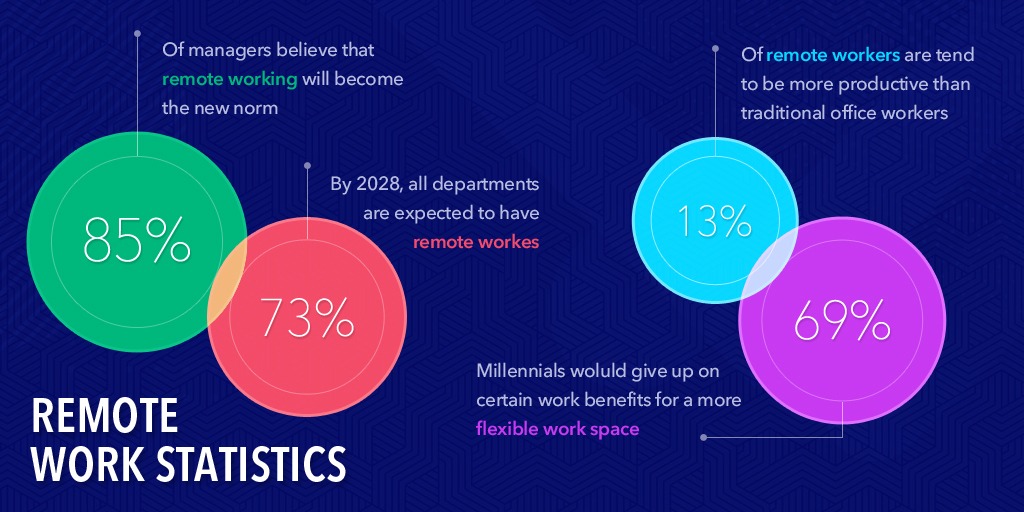 News
News
This year, H-1B hiring has become increasingly expensive and complicated. Rising USCIS fees, stricter approval rules, and unpredictable lottery outcomes are making it harder for U.S. companies to rely on this model. What was once a go-to strategy for accessing top global tech talent now carries high financial and administrative risks, especially for startups and mid-sized businesses. Nearshore outsourcing has emerged as a smarter, cost-effective alternative. Companies can tap into highly skilled professionals in Latin America who work in similar time zones, speak English, and deliver enterprise-level quality. With no visa hassles, minimal onboarding delays, and predictable costs, nearshore teams provide faster scalability and operational flexibility. This approach allows businesses to focus on project delivery, innovation, and growth rather than paperwork and uncertainty. For companies looking to optimize budgets and maintain agility, nearshore outsourcing is now the strategic choice over traditional H-1B hiring.
Why Employers Previously Preferred Hiring H-1B Visa Employees
Before nearshore outsourcing became a practical and cost-efficient alternative, many U.S. employers leaned heavily on H-1B visa workers to fill their tech talent gaps. The main reason was simple, and it was easy access to specialized skills. U.S.-based developers with niche expertise in fields like AI, cloud engineering, and full-stack development were limited and came at a high cost. Hiring skilled foreign professionals under the H-1B program allowed companies to bring in top-tier talent without the same level of salary competition found locally. Also, H-1B employees often offered long-term stability. Since their visa status was tied to employer sponsorship, retention rates were higher, giving companies more control over their workforce. Tech giants like Google, Microsoft, and Amazon relied on this model to build large, diverse engineering teams that could scale quickly. For many firms, it was about cost savings and about securing the best possible expertise from a global talent pool, even if it meant navigating the complexities of the visa process.
Why the H-1B Visa Is No Longer a Preferred Option in 2025
→ Increased Filing and Compliance Costs:
With the 2025 USCIS fee hikes, sponsoring an H-1B employee has become more of a financial burden than a benefit. The cost of filing, legal assistance, and maintaining compliance throughout the visa period has climbed to a point where it outweighs the value for most employers, especially startups and mid-sized companies. Businesses that once relied on the program to bring in affordable expertise are now rethinking their hiring models, as these additional fees add up quickly without guaranteeing results.
→ Stricter Approval and Renewal Processes:
The visa process in 2025 has become far more complex, requiring deeper scrutiny of job roles, wage levels, and documentation. Many applications are now facing delays or rejections due to tighter regulations and changing interpretation of “specialty occupation” requirements. For employers, this means longer waiting times, uncertainty, and increased administrative pressure. The once streamlined hiring route for global talent now feels more like a bureaucratic maze.
→ Uncertain Lottery Outcomes:
Despite the growing demand for tech professionals, the H-1B visa system still depends on a lottery-based selection. Employers spend thousands on filing and legal procedures, yet their candidates might never even get selected. The lack of assurance makes workforce planning incredibly difficult, leaving companies short-staffed and projects delayed. Many organizations have started exploring alternatives that offer more reliability and faster hiring outcomes.
→ Limited Flexibility Compared to Nearshore Hiring:
Unlike nearshore outsourcing, which allows companies to build distributed teams in nearby time zones, the H-1B model comes with geographical and contractual limitations. Employers can’t quickly scale up or down as projects evolve, and moving an H-1B employee between roles or locations requires additional filings. Nearshore hiring, on the other hand, offers agility since companies can onboard skilled professionals from regions like Latin America almost instantly without getting entangled in visa red tape.
→ Remote Collaboration Is Now Seamless:
The rise of advanced communication and project management tools has made remote collaboration effortless. Teams working from nearshore locations can now integrate perfectly with in-house staff through agile workflows, real-time updates, and shared digital environments. This evolution has removed the need for physical relocation entirely. As a result, companies are realizing they can achieve the same level of productivity and innovation without navigating the H-1B process at all.
Why Nearshore Outsourcing Has Become a More Financially Strategic Option Than H-1B Hiring
Reduced Capital Lock-In and Administrative Overhead.
When companies pursue H-1B sponsorship, they commit to a capital-intensive process that includes filing fees, relocation costs, and long-term employment contracts. Beyond the upfront investment, employers also bear recurring legal, compliance, and wage verification costs. Nearshore outsourcing, in contrast, eliminates these rigid expenditures. It converts what would otherwise be fixed overhead into variable operational spending, allowing companies to adjust financial commitments dynamically based on project flow and market conditions. This flexibility gives finance teams greater liquidity and control over resource allocation, something the H-1B structure inherently lacks.
Strategic Access to Mature Talent Ecosystems.
Nearshore outsourcing doesn’t just reduce hiring costs; it expands access to mature, tech-focused labor markets that have evolved in parallel with North America’s digital economy. Countries such as Colombia, Costa Rica, and Chile have heavily invested in STEM education and English proficiency, creating a workforce capable of handling complex enterprise-grade projects. Partnering with nearshore firms gives employers access to this ready-made ecosystem without the prolonged onboarding or training periods typical of newly relocated H-1B hires. The result is not only lower costs but also faster productivity ramp-up and a measurable reduction in project risk.
Optimized Workforce Scalability and Cost Control.
H-1B hiring creates rigid staffing structures tied to immigration timelines and sponsorship obligations. Employers can’t easily scale down without triggering legal or ethical complications, and scaling up often requires new visa applications that can take months. Nearshore outsourcing eliminates this bottleneck. Companies can expand or contract teams on demand while keeping operational costs proportional to workload. This elasticity is particularly beneficial for project-based organizations and SaaS firms where workloads fluctuate seasonally or according to release cycles. The ability to scale with precision helps avoid idle capacity and improves the return on labor investment.
Integration of Regional Economic Advantages.
Nearshore outsourcing taps into regional cost differentials without compromising on quality or governance standards. Latin American tech hubs now operate with infrastructure and processes comparable to U.S. firms but with labor costs that are typically 40 to 60 percent lower. Moreover, these teams function under compatible data protection frameworks such as GDPR-aligned policies and ISO-certified delivery models. This means companies achieve both compliance and cost efficiency, a combination that H-1B-based hiring rarely offers due to the complexity of aligning cross-border legal obligations with U.S. labor laws.
Financial Predictability and Currency Leverage.
Unlike H-1B hiring, where compensation is subject to U.S. market inflation and Department of Labor wage requirements, nearshore outsourcing allows for multi-year contracts denominated in stable or advantageous currencies. This provides employers with predictable cost structures and potential financial leverage in currency differentials. In countries with favorable exchange rates, this translates into higher productivity per dollar spent. Over time, these micro-savings compound into substantial financial advantages, particularly for firms running long-term development or maintenance operations.
Enhanced Return on Investment Through Operational Efficiency.
The operational model of nearshore outsourcing inherently increases ROI compared to H-1B hiring. With minimal onboarding delays, agile alignment in working hours, and the absence of immigration-related interruptions, nearshore teams reach full productivity much faster. Many established nearshore firms also invest in continuous training and upskilling, meaning employers indirectly benefit from workforce development without funding it themselves. This shared investment model maximizes output efficiency while maintaining cost control, making nearshore outsourcing not just a cheaper alternative but a smarter strategic investment.
Why Blue Coding Is Your Ideal Nearshore Partner
Our team at Blue Coding understands the challenges U.S. companies face with rising H-1B costs and visa uncertainties. That’s why we’ve built a nearshore model that delivers top-tier tech talent from Latin America without the legal hurdles or unpredictable expenses. Our teams are fully equipped, highly skilled, and aligned with U.S. time zones, ensuring seamless collaboration and faster project delivery. We help businesses scale efficiently, maintain cost control, and access specialized expertise that drives innovation. If you’re looking to optimize your workforce, reduce operational costs, and accelerate project timelines, Blue Coding is here to make it happen. Contact us today to explore how our nearshore solutions can transform your hiring strategy. We'll discuss all details on a complimentary strategy call!




